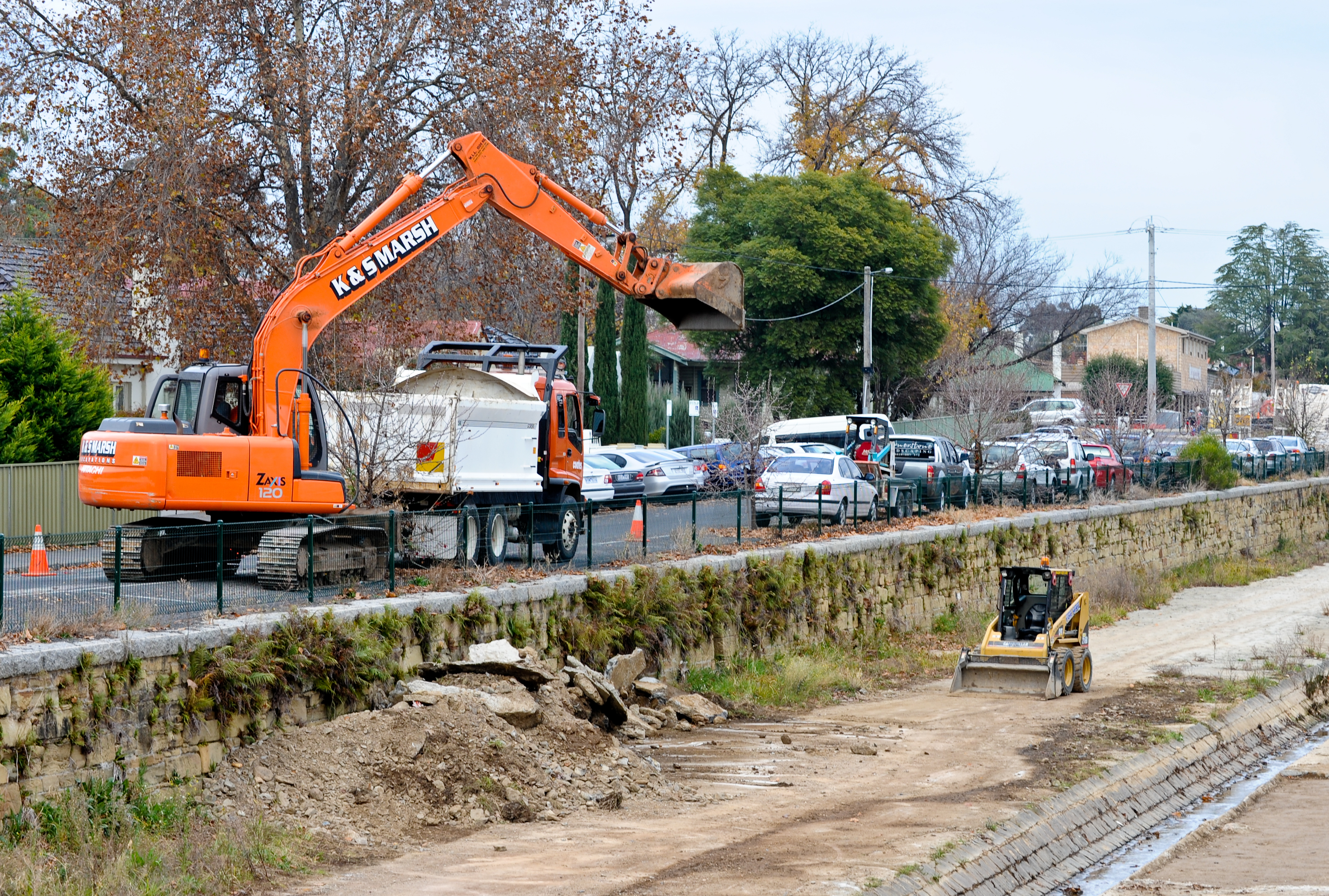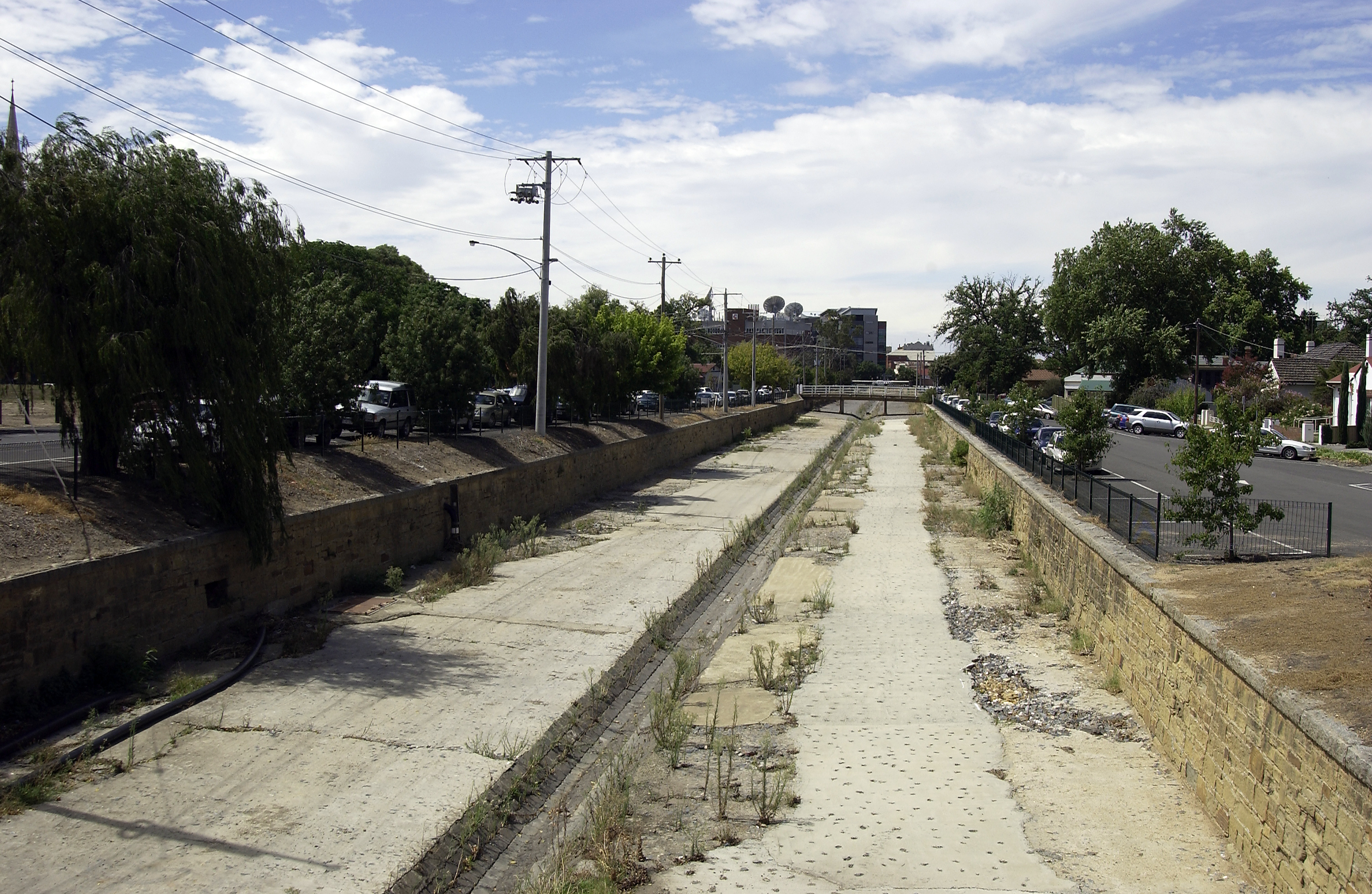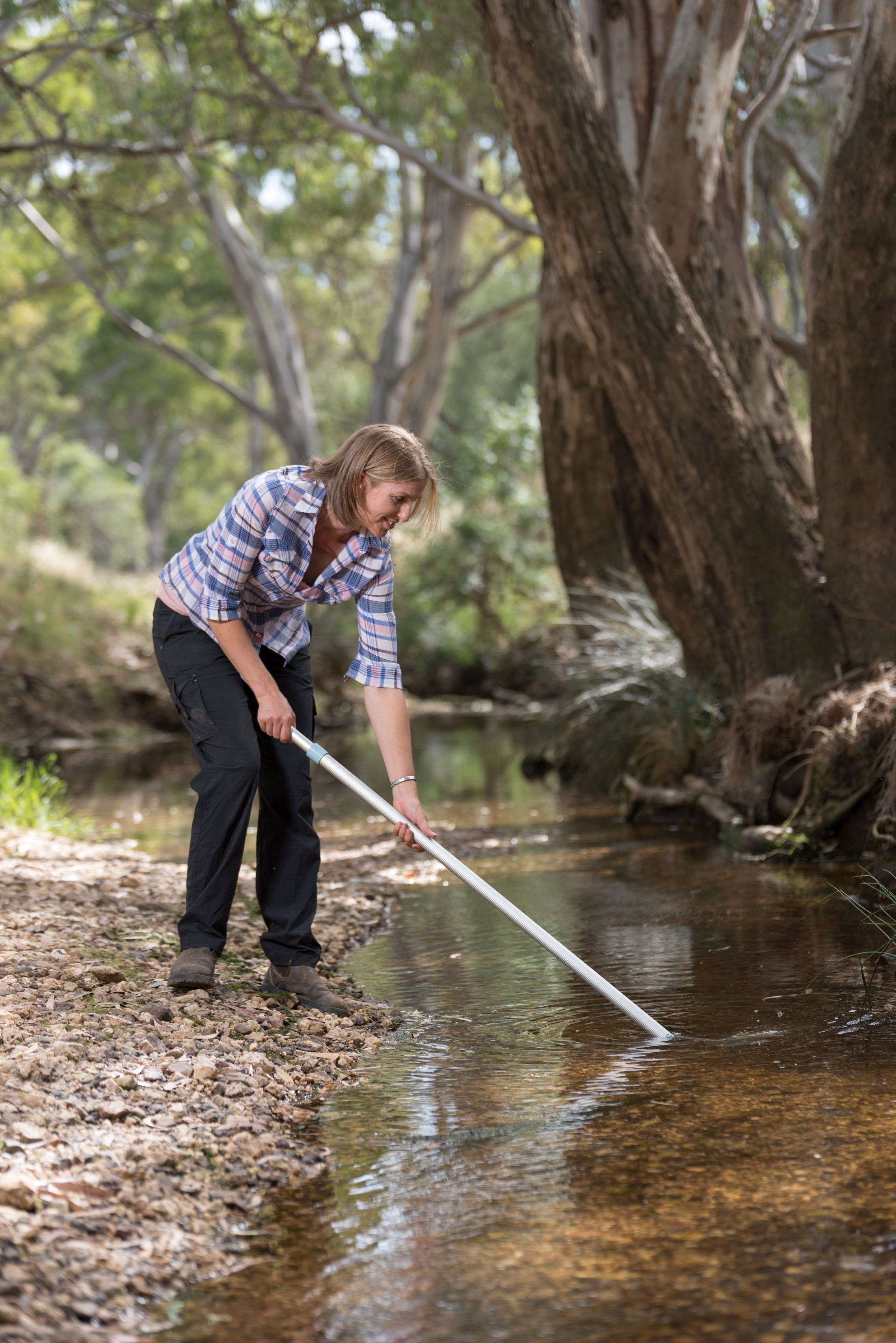The gang helping Bendigo navigate its water sensitive city transition
Bendigo is powering ahead in its transition to a water sensitive city, and a more sustainable, liveable and resilient future. Completing its Vision and Transition Strategy for a Water Sensitive Bendigo with the CRCWSC in 2018, and recently celebrating the signing of a memorandum of understanding (MoU) between eight key organisations, the city is chalking up progress and lessons learned. One of the key lessons is the need for a ‘gang to navigate the complex and uncertain journey’.
The concept of a gang received widespread interest when City of Bendigo Senior Water Strategy Officer, Liam Sibly, explored it at our 4th Water Sensitive Cities Conference in Brisbane in March. By ‘gang’ Liam means a ‘network’, which develops organically to drive innovation and nimbly adapt to changing circumstances, such as climate change and population growth, on the journey to a sustainable water future.
‘Our gang includes having wise Elders such as Traditional Owners to teach us, key agencies working together, and a community network of energisers’, Liam said.

The MoU signed in March formalises this ‘gang’ of stakeholders who will drive actions towards the 50 year vision for Bendigo—as a thriving inland city where water innovation supports healthy people, green environments and resilient systems. The MoU defines the consistent and inclusive governance to support integrated and adaptive water planning and management, recommended in the Transition Strategy, and enables critical coordination and collaboration across the key agencies.
Bendigo has also formed a cross-agency working group whose members are responsible for developing and delivering a three-year implementation plan for the Transition Strategy.
‘For the next three years we are essentially creating a safe space to explore, experiment and learn. This will focus on progressing the enabling factors from the [CRCWSC’s] Transition Dynamics Framework,’ Liam said.

City of Greater Bendigo CEO Craig Niemann said the new partnership was an important step towards meeting Bendigo’s aspiration to become a water sensitive city that is resilient and prepared for future challenges.
‘Bendigo’s future climate is predicted to be hotter and drier with occasional intense storms. With the agencies working collaboratively, we want to achieve a more sustainable, liveable and resilient future. It will also foster community champions to drive change, support decision making and care for water resources,’ Mr Niemann said.
Signatories to the MoU are the City of Greater Bendigo; Coliban Water; Dja Dja Wurrung Clans Aboriginal Corporation; the Department of Environment, Land, Water and Planning; the North Central Catchment Management Authority; the Department of Health and Human Services; Goulburn–Murray Water; and the CRCWSC.

Next steps on Bendigo’s journey are to embed processes and align resources among the eight signatory organisations, build a network of champions to drive innovation and advocate for change, and explore problems and start experimenting with innovative solutions. Indeed, water innovation will be the driving force behind actions in Bendigo, and will include creating cool green refuges throughout the city and looking at options to revitalise Bendigo’s urban creeks.
Stakeholders will design and implement pilot projects to showcase water sensitive urban design (WSUD), and build business cases for large scale interventions, such as restoring Bendigo Creek.
We applaud Bendigo on its foresight and actions, and we look forward to seeing what the ‘gang’ delivers over the next three years. For more information about Bendigo, contact Liam Sibly at l.sibly@bendigo.vic.gov.au. For more information about having a Vision and Transition Strategy done for your city or town, contact Katie Hammer at katie.hammer@monash.edu.